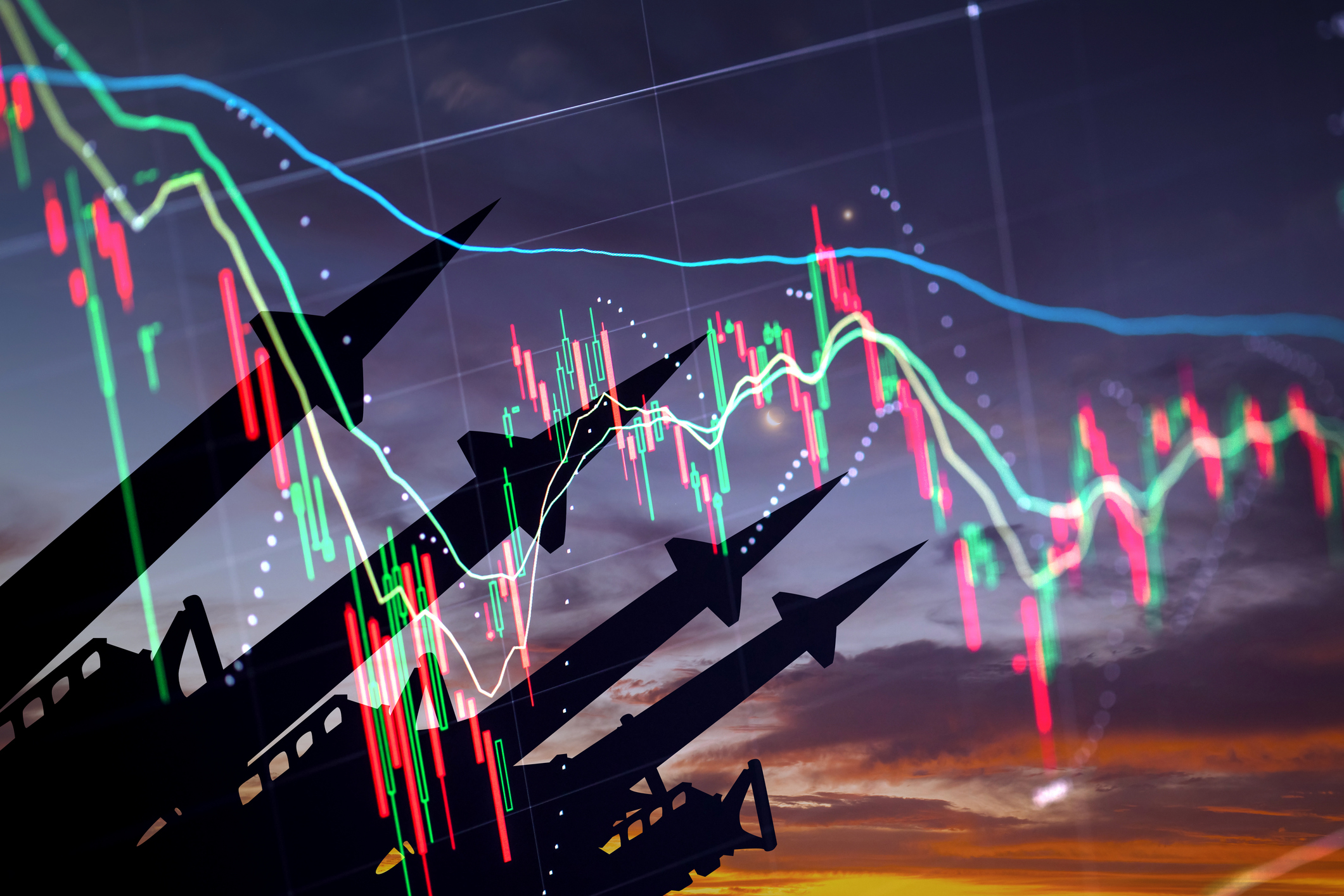Australia’s economy bounces back
Australia’s economy endured its first recession in 29 years in the first half of 2020. But things are now looking up.

Prolonged lockdowns, a trade war and the first recession in a generation have made 2020 an uncharacteristically gloomy year down under. Australia’s economy endured its first recession in 29 years in the first half. Yet things are looking up. A consumer-led rebound drove a 3.3% GDP gain in the third quarter, the biggest quarterly jump since 1976. Aggressive suppression of the virus and fiscal support mean that consumers’ sentiment is now at a ten-year high, says Swati Pandey for Reuters.
A worsening diplomatic and trade dispute has sparked debate about Australia’s economic dependence on China. Beijing has slapped tariffs and other restrictions on Australian wine, wheat, barley, beef and lobster exports among others this year. This week brought media reports that Australian coal imports are now being heavily restricted by China.
China needs iron ore
Over a third of Australian export dollars come from selling to China, note Rod Tyers and Yixiao Zhou on theconversation.com. While mineral exports make up just 1% of national income, they are an important economic foundation for local service industries and keep the Australian dollar strong. Tyers and Zhou estimate that a 95% reduction in Australia-China trade would lead to a 6% hit to GDP and a 14% reduction in real disposable income per capita as a weaker currency sent import prices soaring. For goods such as wine, coal and beef, Australia is selling into a “buyers’ market”, says Elizabeth Knight for The Sydney Morning Herald. China can switch international suppliers relatively easily. Yet there is one crucial exception: iron ore, which has conspicuously not been subject to Chinese trade restrictions. The steel-making ingredient is vital to the country’s infrastructure-led rebound, but supply problems in Brazil leave China with few other sources.
MoneyWeek
Subscribe to MoneyWeek today and get your first six magazine issues absolutely FREE

Sign up to Money Morning
Don't miss the latest investment and personal finances news, market analysis, plus money-saving tips with our free twice-daily newsletter
Don't miss the latest investment and personal finances news, market analysis, plus money-saving tips with our free twice-daily newsletter
Australia exports about A$80bn (£45bn)-worth of iron ore to China each year. The trade uncertainty has sent iron-ore prices soaring 60% over the past year, delivering a windfall to Australian miners and the taxman. That is “offsetting the economic punishment” that China is trying to “inflict on Australia” through tariffs.
The buoyant iron-ore price has helped send the Australian dollar up to a two-year high. The benchmark S&P/ASX 200 stockmarket index remains marginally down this year, but has rallied by 45% since March.
The index is heavily weighted towards commodities and bank stocks, with the latter enjoying strong gains of late on hopes of a vaccine-led rebound, says Shane Walton for ig.com. Macquarie Asset Management thinks the Aussie dollar has further room to rise as commodities enter a bull market. The bank also says local stocks should gain from a global upswing. If “vaccines work as claimed… ASX stocks could rise over 10% in 2021”.
Get the latest financial news, insights and expert analysis from our award-winning MoneyWeek team, to help you understand what really matters when it comes to your finances.
Alex is an investment writer who has been contributing to MoneyWeek since 2015. He has been the magazine’s markets editor since 2019.
Alex has a passion for demystifying the often arcane world of finance for a general readership. While financial media tends to focus compulsively on the latest trend, the best opportunities can lie forgotten elsewhere.
He is especially interested in European equities – where his fluent French helps him to cover the continent’s largest bourse – and emerging markets, where his experience living in Beijing, and conversational Chinese, prove useful.
Hailing from Leeds, he studied Philosophy, Politics and Economics at the University of Oxford. He also holds a Master of Public Health from the University of Manchester.
-
 The return of Erik Prince, America's notorious mercenary
The return of Erik Prince, America's notorious mercenaryErik Prince, founder of the controversial private military group Blackwater, was shunned for pushing the boundaries of legality. He has re-established himself
-
 MoneyWeek news quiz: How much can you win in Premium Bonds?
MoneyWeek news quiz: How much can you win in Premium Bonds?Quiz Premium Bonds, ChatGPT, and the start of the festive season all made headlines this week. How closely were you following the news?
-
 The global defence boom has moved beyond Europe – here’s how to profit
The global defence boom has moved beyond Europe – here’s how to profitOpinion Tom Bailey, head of research for the Future of Defence Indo-Pac ex-China UCITS ETF, picks three defence stocks where he'd put his money
-
 Profit from a return to the office with Workspace
Profit from a return to the office with WorkspaceWorkspace is an unloved play on the real estate investment trust sector as demand for flexible office space rises
-
 An “existential crisis” for investment trusts? We’ve heard it all before in the 70s
An “existential crisis” for investment trusts? We’ve heard it all before in the 70sOpinion Those fearing for the future of investment trusts should remember what happened 50 years ago, says Max King
-
 No peace dividend in Trump's Ukraine plan
No peace dividend in Trump's Ukraine planOpinion An end to fighting in Ukraine will hurt defence shares in the short term, but the boom is likely to continue given US isolationism, says Matthew Lynn
-
 Will the internet break – and can we protect it?
Will the internet break – and can we protect it?The internet is a delicate global physical and digital network that can easily be paralysed. Why is that, and what can be done to bolster its defences?
-
 Why UK stocks are set to boom
Why UK stocks are set to boomOpinion Despite Labour, there is scope for UK stocks to make more gains in the years ahead, says Max King
-
 Chen Zhi: the kingpin of a global conspiracy
Chen Zhi: the kingpin of a global conspiracyChen Zhi appeared to be a business prodigy investing in everything from real estate to airlines. Prosecutors allege he is the head of something more sinister
-
 Canada will be a winner in this new era of deglobalisation and populism
Canada will be a winner in this new era of deglobalisation and populismGreg Eckel, portfolio manager at Canadian General Investments, selects three Canadian stocks